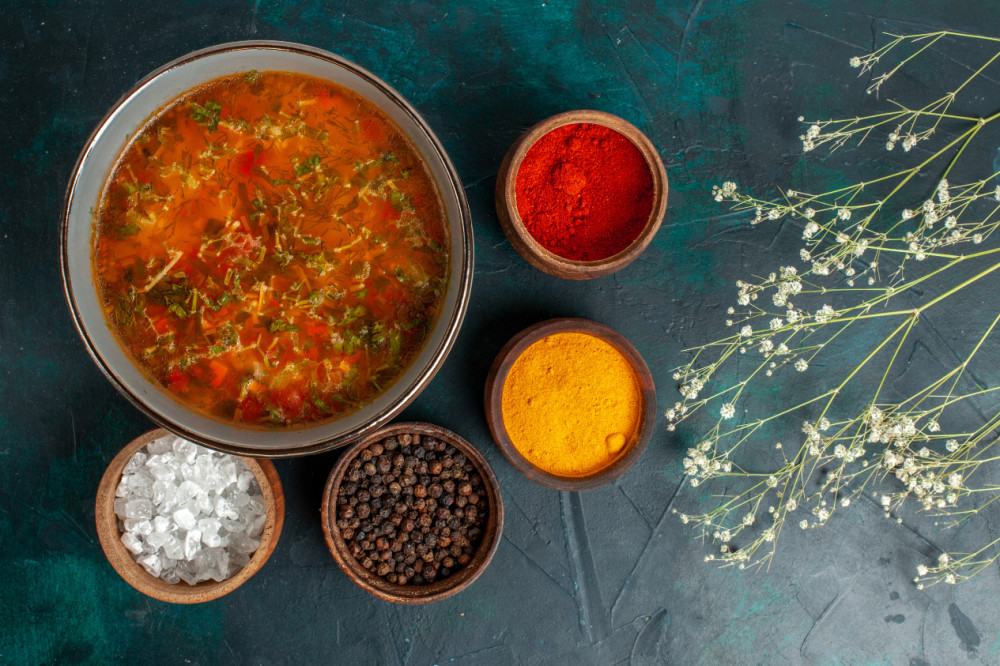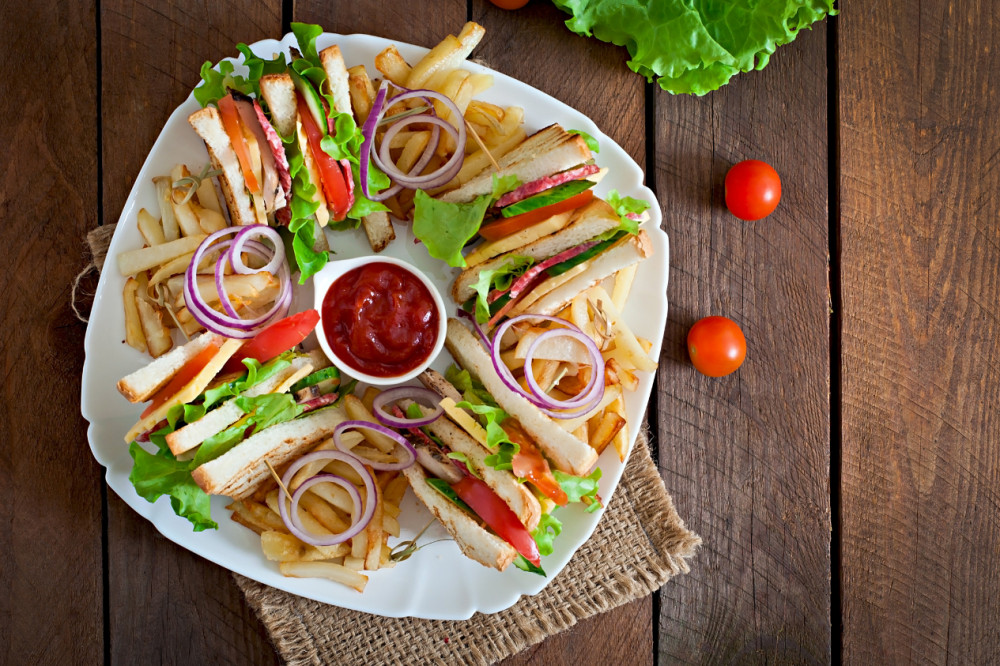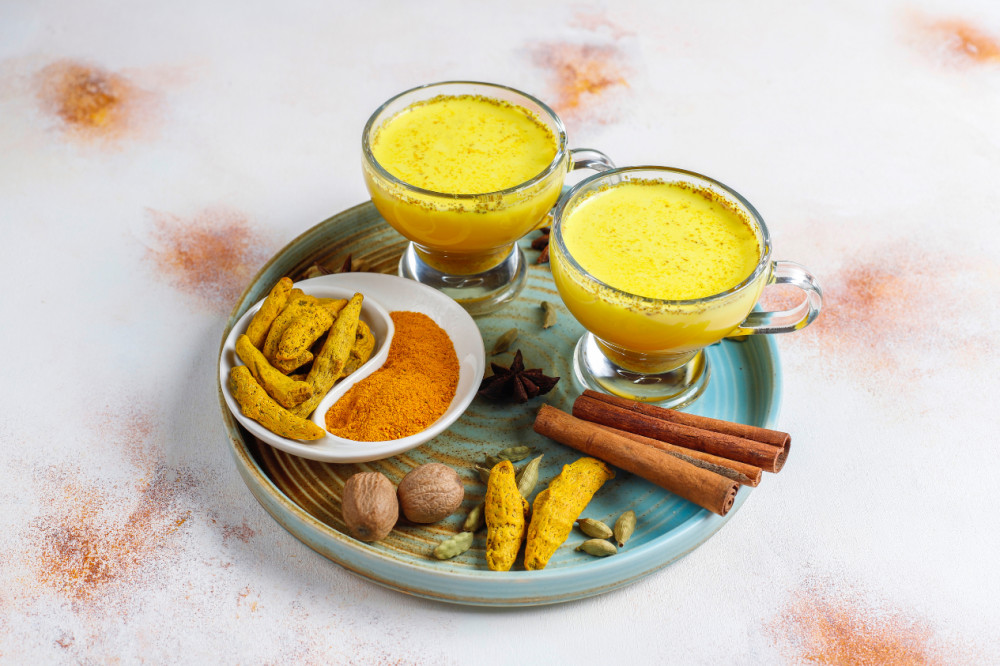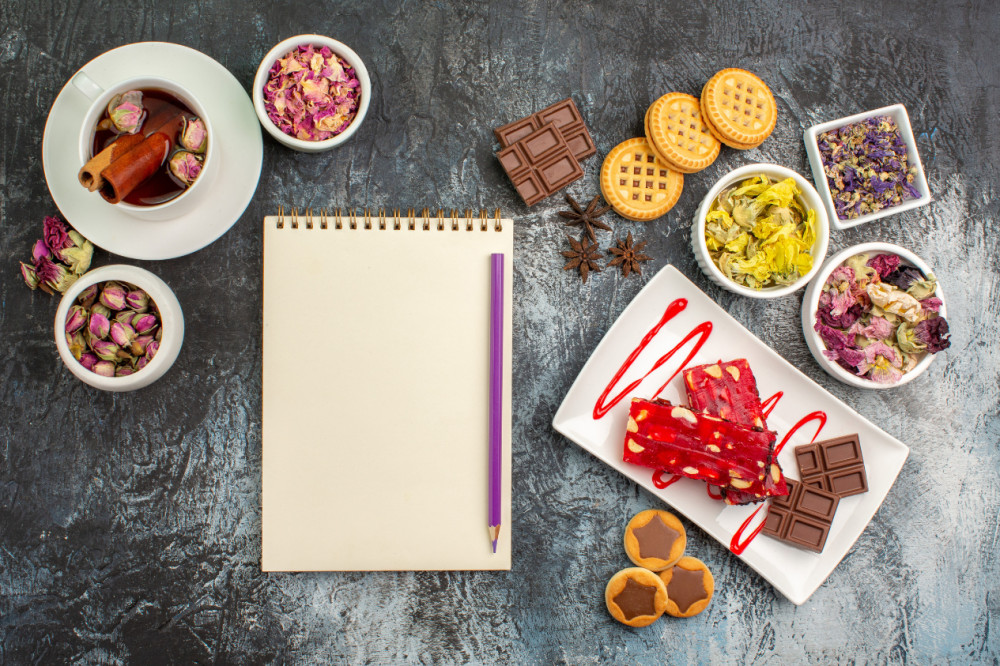
A Brief History of the Rum Cake
A Brief History of the Rum Cake
Rum Cake or Caribbean/ Jamaican black cake is to Christmas and Thanksgiving what gunjia is to Diwali and modak to Ganpati. It is intriguing how food journeys across continents—otherwise who could have expected rum cake to gain such popularity in India?
Dig into the history of any special recipe and you are likely to find tons of different versions of the same basic story of its origins. Every good story has multiple versions, this version, while the most popular is by no means definitive.
A Colonial Connection
The Caribbean islands is where the rum cake is believed to have been birthed. It is assumed to have originated in the 18th century with British colonists. When the Brits settled on foreign lands, they also brought along their recipes of fruit puddings and other desserts. Black, white, or brown, maa ke haath ka khana is what humans are naturally conditioned to crave and appreciate.
Local chefs in the Caribbean quickly got accustomed to these foreign recipes —much like how we got used to Mughlai cuisine or began eating biscuits and cakes in India. But wait, if you think you are always eating authentic Italian or French cuisine in India, you cannot be more wrong. Wherever the recipe travels to, people make it their own. Most people agree on steamed fruit puddings to be the antecedents of the rum cake but those cool Caribbean chefs incorporated local ingredients and liquors while they followed the British recipes. And like most recipes worth trying, even the rum cake’s prep is a lengthy process—perhaps much lengthier than what you would expect it to be.
A Caribbean Spin
If eminent food experts and historians are to be believed, the black cake also has a symbolic value. In short, people consider the rum cake to be historically also very delicious—as they see it as a symbol of the victory of the Caribbean people, who fought hard against the British colonial rule and their oppressive sugar trade in the Caribbean. The simple Brit fruit pudding evolved to be the rum cake because of the innovations of the Caribbean people.
Most Caribbean and Latin American nations are prime locations for rum production—many tourists flock to these places to see how rum is made. The fame of the black cake in the Northern American region rose steeply in the early twentieth century—thanks to the prohibition imposed in the USA in 1919. The story has it that when alcohol consumption was prohibited in the United States, a lot of liquor was trafficked into the country from the Bahamas. So, prohibition made alcohol consumption an even bigger lure for the people — which by extension increased the popularity of the black cake.
There is yet another section of food professionals and chroniclers that believe the classic rum cake recipe to be a product of the experiments of the chefs that came with the colonists. These chefs had to cope with the heat and humidity of the Caribbean regions. The high temperature was certainly not conducive to the preservation of food; so, they began using the local sugar and rum to deal with these challenges. It became common to infuse the British fruit puddings with an alcoholic concoction. Sourcing sugar was never a problem as the Caribbean plantations produced more than enough making it rather affordable.
Rum Cake’s Winter Connection
Give anyone a rum cake at any point in the year and they would relish it, but there is something about the winter, around Christmas time that makes this recipe find its place in the larder. Apart from being a delight to eat, the black cake is loaded with things that are essential to stay warm in winters. For starters, it has rum in it, and the dry fruits just add the perfect balance.
The cake is eaten for all the same reasons why chikki or gajak are eaten in different parts of India during the winter season. Since the dry fruits are preserved in the alcoholic beverage for almost a year, the whole wait of many months makes the recipe that much more special. For a lot of people across the world, making rum cake is a family activity in which all members of the family participate equally and see the process as a family activity. Irrespective of what culture we talk about, nobody can deny that food has a way of uniting the hearts.
For teetotallers, the rum in the rum cake often is replaced with apple juice. However, tinkering with the basic ingredient of this recipe can vastly change the end product. For most though, the rum soaked brilliance that is the Rum Cake continues to be a Christmas staple around the world.
Related Blogs

Warm Spices, Cold Valleys: Comfort Food from Kashmir
50 Views

5 Wholesome Lunchbox Meals You Can Cook in 20 Minutes
51 Views

10 Sandwiches That Go Beyond Bread: From Vada Pav to Bao Buns
52 Views

Post-Festival Detox Recipes: Indian Drinks & Light Meals to Refresh
80 Views

Sweet vs Savory Menu Ideas: Balance Festive Indulgence
158 Views